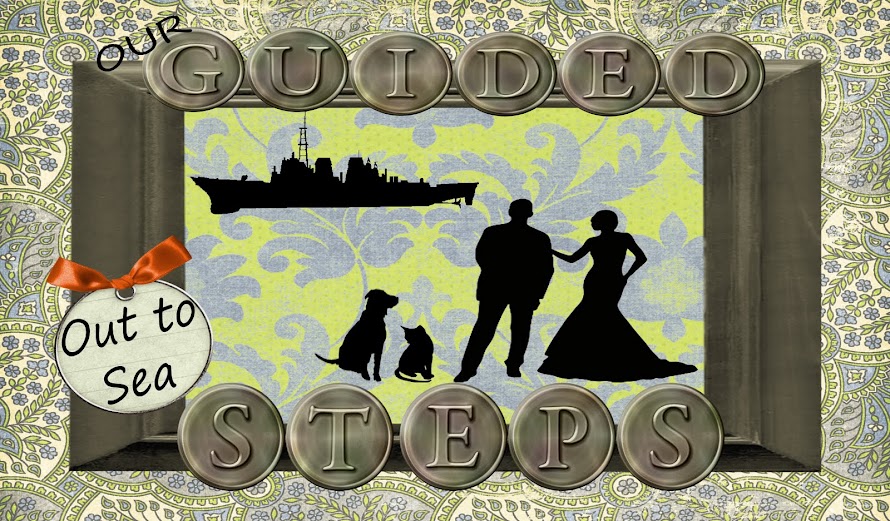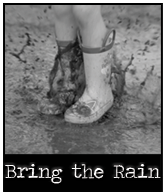We decided to take a little trip of the bustling city life of Bangkok. The idea of an area not inundated with pollution and motorist sounded appealing. We headed for Kanchanaburi, which is located 80 miles west of Bangkok. It’s Thailand’s third largest provincial area full of mountainous and borders Myanmar, formerly known as Burma. You may remember Myanmar from the tsunami earlier this year and their government’s refusal of US aid.
Our tour guide informs us…. “Our fist stop …Kanchanaburi century where they last their leafs.”
“Okay, what?” I think. We had a 5:30 a.m. wake up call followed by a 6:45 departure. We slept a little on the 3 hour bus ride….so I am thinking….. Wake up, Kristie, you’re still a little sleepy and this young lady is going to take more concentration to understand properly.
“Fist stop, Kancharaburi century where they last their leafs?”
Translation…. “Our first stop outside of Bangkok, the Kanchanaburi War Cemetery where they lost their lives.”
And that’s when the magnitude of where we were going and the sights we were about to see came to light…..
The Cemetery and World War II Memorial is the final resting place for the almost 7,000 war prisoners who lost their lives during the construction of the Bridge over River Kwai and the Death Railway to Burma.

Next stop….JEATH Museum, realistic depiction of the prisoner of war concentration camp. The museum contains photographic, pictorial, and various memorabilia from the prisoners of war living quarters. The museum is an actual open-air bamboo hut. Exhibited items include pistols, knives, helmets, water canteens, and multiple working tools used by the POW’s.


Motorboat ride on River Kwai. From the museum we took a riverboat ride through jungle foliage. We were able to view Thai life on the river, their floating houses, floating markets… the various ways of life for Thai peoples outside of Bangkok.


Bridge over River Kwai. Our riverboat ride ended under the Bridge of River Kwai. We actually passed under the bridge. I guess I should explain the significance of the adventure…..one that Harry found priceless…. as a kid, Bridge over River Kwai was one of his favorite books and movies.
WWII prisoners of war captured in this area, from Singapore to Burma, were sent to a Japanese war camp in Kanchanaburi, Siam (Thailand). After the Japanese defeat at Midway, they needed a way to transport munitions and supplies needed for war from the Burma to Thailand. And to avoid the hazardous sea route around Singapore.
Construction of the railway should have taken 5 years, however, the Japanese forced the prisoners under tremendous pressure to complete it in only 16 months. On Christmas 1943, “The Railway of Death” was completed. 100,000 Asian labors and 16,000-allied POW’s lost their lives during the construction process. Starvation, cholera, jungle sores, dysentery, malaria, lack of medical supplies and equipment, jungle vegetation and monsoon downpours caused most of the deaths. Malnourishment and cruel treatment by the Japanese capturer caused almost as many.
The allies began bombing raids in late 1944. There were and are 2 bridges…. A wooden bridge used until the completion of the metal structure. The railway spans 415 kilometers.
The bridge over river Kwai was bombed repeatedly and temporarily knocked out in February 1945 and April 1945 completely unusable. These rendering Japanese supply route inaccessible.







Every kilometer of track cost the lives of 38 men. Thus causing the Thai and Burmese governments, once the railway was returned to their control… to destroy the tracks from their common border and 100 kilometers into each country. Harry and I experience a train ride on The Railway of Death. We traveled several miles and crossed the original wooden bridge. The train stops just before the wooden bridge and crosses at slow pace, thus showing reverence to the thousands of individuals who lost their lives at the laying of this track.
WWII prisoners of war captured in this area, from Singapore to Burma, were sent to a Japanese war camp in Kanchanaburi, Siam (Thailand). After the Japanese defeat at Midway, they needed a way to transport munitions and supplies needed for war from the Burma to Thailand. And to avoid the hazardous sea route around Singapore.
Construction of the railway should have taken 5 years, however, the Japanese forced the prisoners under tremendous pressure to complete it in only 16 months. On Christmas 1943, “The Railway of Death” was completed. 100,000 Asian labors and 16,000-allied POW’s lost their lives during the construction process. Starvation, cholera, jungle sores, dysentery, malaria, lack of medical supplies and equipment, jungle vegetation and monsoon downpours caused most of the deaths. Malnourishment and cruel treatment by the Japanese capturer caused almost as many.
The allies began bombing raids in late 1944. There were and are 2 bridges…. A wooden bridge used until the completion of the metal structure. The railway spans 415 kilometers.
The bridge over river Kwai was bombed repeatedly and temporarily knocked out in February 1945 and April 1945 completely unusable. These rendering Japanese supply route inaccessible.







Every kilometer of track cost the lives of 38 men. Thus causing the Thai and Burmese governments, once the railway was returned to their control… to destroy the tracks from their common border and 100 kilometers into each country. Harry and I experience a train ride on The Railway of Death. We traveled several miles and crossed the original wooden bridge. The train stops just before the wooden bridge and crosses at slow pace, thus showing reverence to the thousands of individuals who lost their lives at the laying of this track.
Our trip out to the River Kwai was humbling and distressing, a grim episode of WWII vividly in our mist. So tonight I want to pay my respects to those who serve a greater cause than themselves.
To those whose blood and sweat goes unnoticed at times.
To those who suffer for the desire to make life better.
To those whose life is laid down so that others might be lifted up.
Blessings,
Kristie



























No comments:
Post a Comment